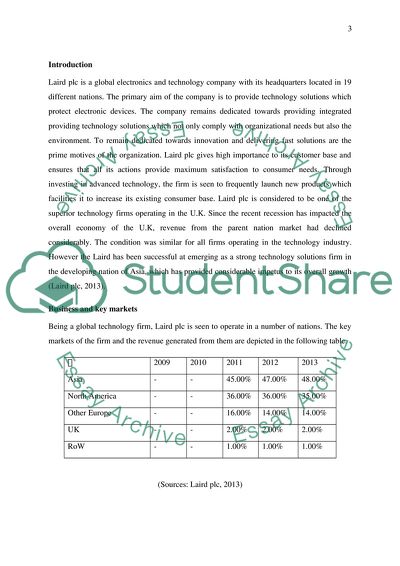Cite this document
(International operation and Risk Management of Laird PLC 292 Essay, n.d.)
International operation and Risk Management of Laird PLC 292 Essay. https://studentshare.org/finance-accounting/1846520-international-operation-and-risk-management-of-laird-plc-292
International operation and Risk Management of Laird PLC 292 Essay. https://studentshare.org/finance-accounting/1846520-international-operation-and-risk-management-of-laird-plc-292
(International Operation and Risk Management of Laird PLC 292 Essay)
International Operation and Risk Management of Laird PLC 292 Essay. https://studentshare.org/finance-accounting/1846520-international-operation-and-risk-management-of-laird-plc-292.
International Operation and Risk Management of Laird PLC 292 Essay. https://studentshare.org/finance-accounting/1846520-international-operation-and-risk-management-of-laird-plc-292.
“International Operation and Risk Management of Laird PLC 292 Essay”. https://studentshare.org/finance-accounting/1846520-international-operation-and-risk-management-of-laird-plc-292.


